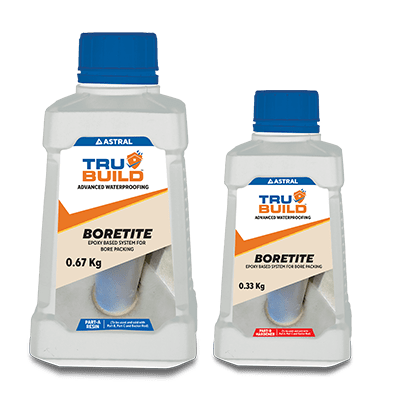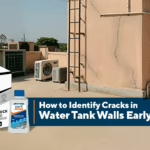How Bathroom Waterproofing Improve Air Quality?
Aug 31, 2025
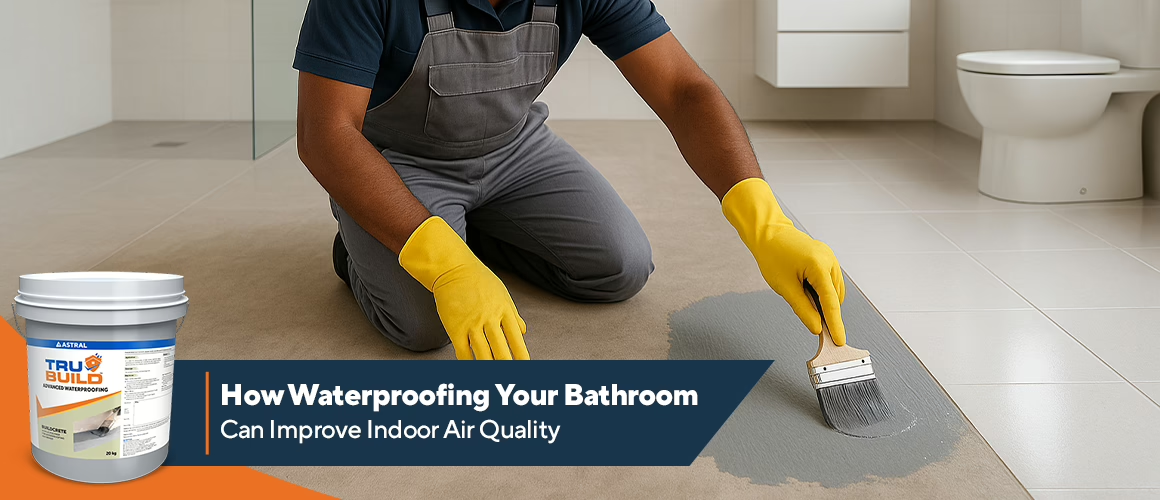
Have you ever noticed a musty smell in your home that refuses to go away, even after deep cleaning? Or perhaps your space feels damp despite having proper ventilation? The reason may be your bathroom.
Most people consider bathroom waterproofing only as a defence against visible damage like peeling paint, cracked tiles or water stains. However, there’s a less obvious but equally important benefit: it can significantly improve your home’s indoor air quality. Poor bathroom sealing allows moisture to seep into hidden areas, which creates the perfect breeding ground for mould and mildew. These release spores that circulate through your air, affecting the health of everyone in your household.
When moisture penetrates inadequately sealed surfaces, it compromises the air you breathe daily. By investing in proper bathroom floor waterproofing and waterproofing bathroom walls, you are creating a healthier living environment.
Bathroom Waterproofing and Air Quality
When bathroom sealing fails, water seeps into walls, floors and concealed spaces, fostering harmful microbial growth. This leads to:
- Mould spore circulation: Airborne spores spread quickly through your home
- Excess humidity: Moisture raises humidity to uncomfortable and unhealthy levels
- Chemical off-gassing: Damp materials emit volatile organic compounds (VOCs)
- Bacterial growth: Persistent moisture encourages bacteria to thrive
Effective bathroom waterproofing blocks moisture infiltration. This keeps humidity under control and prevents the chain reaction that damages both your property and your air.
How Moisture Damages Indoor Air Quality?
Moisture is the starting point for most bathroom-related air quality problems. Once water gets through failed bathroom sealing, humidity rises in the enclosed spaces behind tiles and under floors. These dark, damp conditions allow mould colonies to form.
As the colonies grow, they release microscopic spores into the air. Your ventilation system then circulates these spores throughout the home, causing musty odours and health concerns. This continues until the root cause, lack of proper bathroom waterproofing, is fixed.
Health Risks Linked to Poor Bathroom Waterproofing
The dangers go far beyond unpleasant smells. Poor bathroom floor waterproofing or damaged bathroom walls can trigger:
- Asthma flare-ups and breathing difficulty
- Chronic coughing, throat irritation and sinus infections
- Allergic reactions and skin irritation
Children, elderly family members and those with compromised immunity are especially vulnerable. Comprehensive bathroom waterproofing ensures your air remains safe for everyone.
How Proper Bathroom Sealing Stops Mould Growth?
Bathroom sealing works by blocking moisture before it has a chance to cause trouble. The most effective systems combine:
- Surface Sealing: Protects visible areas like tiles and grout from water entry
- Vapour Barriers: Prevent moisture transmission through walls and floors
- Drainage Systems: Direct excess water away quickly
- Ventilation Support: Works with exhaust fans to keep humidity balanced
By sealing both the visible and hidden areas, you stop mould before it even starts.
Best Waterproofing Methods for Better Air Quality
Modern bathroom waterproofing uses advanced materials to prevent water damage and improve air quality.
- Liquid membrane systems create a seamless layer that eliminates cracks or gaps. These flexible coatings stop water entry but still allow some air exchange.
- Vapour-permeable membranes balance protection with breathability, blocking water but letting vapour escape so moisture doesn’t get trapped.
- Advanced polymer solutions like Trubuild Buildcrete represent innovative approaches to comprehensive protection. This acrylic polymer-based compound forms a waterproof matrix when mixed with cement, delivering excellent bonding properties and UV stability. Ideal for waterproofing bathrooms and other wet areas, Trubuild Buildcrete provides reliable protection that supports healthy indoor air quality for both new construction and renovation projects.
Maintaining Air Quality After Bathroom Waterproofing
Once your bathroom waterproofing is complete, you can track its impact on air quality using:
- Humidity Meters: Monitor indoor moisture levels
- Home Air Quality Monitors: Detect contaminants like mould spores
- Visual Checks: Look for early signs of moisture damage
For lasting results, schedule yearly inspections, keep ventilation systems clean and fix any small leaks immediately. Regular cleaning also helps your waterproofing bathroom walls and floors do their job effectively.
Bathroom waterproofing is about more than preventing cracked tiles or peeling paint. By combining thorough bathroom sealing, reliable bathroom floor waterproofing and moisture-proofing of bathroom walls, you can protect your home from mould, bacteria and VOCs. These contaminants can significantly harm indoor air quality.
From reducing health risks to keeping humidity at comfortable levels, the benefits are clear. If you are renovating or dealing with existing moisture problems, prioritising comprehensive waterproofing is an investment in both your property’s value and your family’s wellbeing.
With the right materials, professional installation and ongoing maintenance, your bathroom can remain fresh and safe. This approach keeps it free from moisture-related air quality issues for years to come.


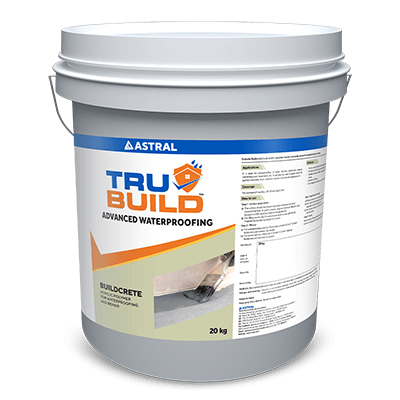
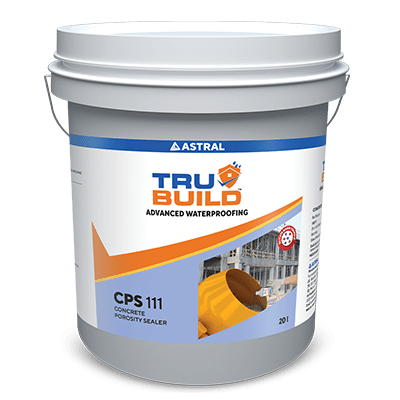
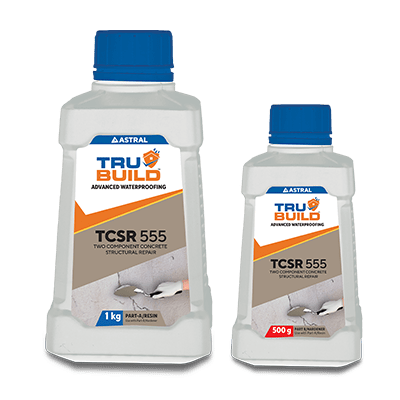
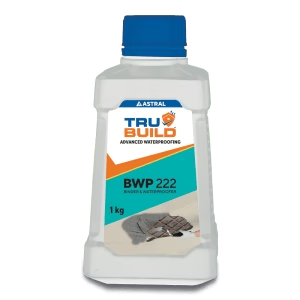
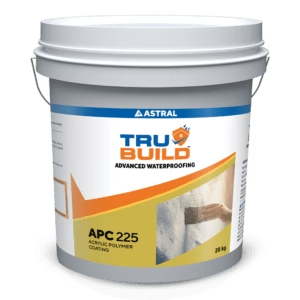
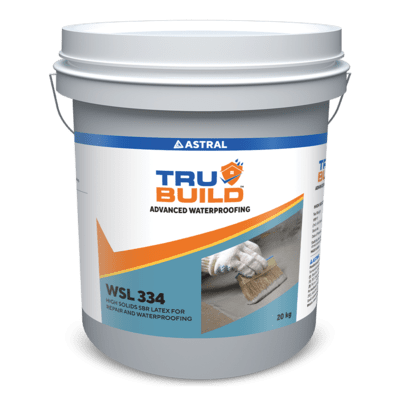
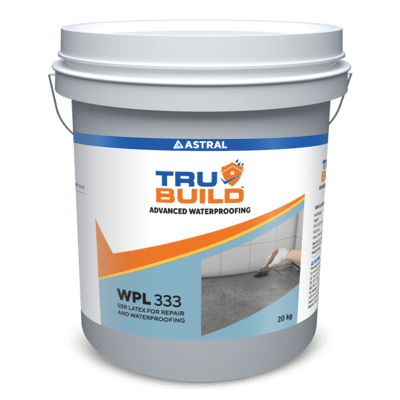
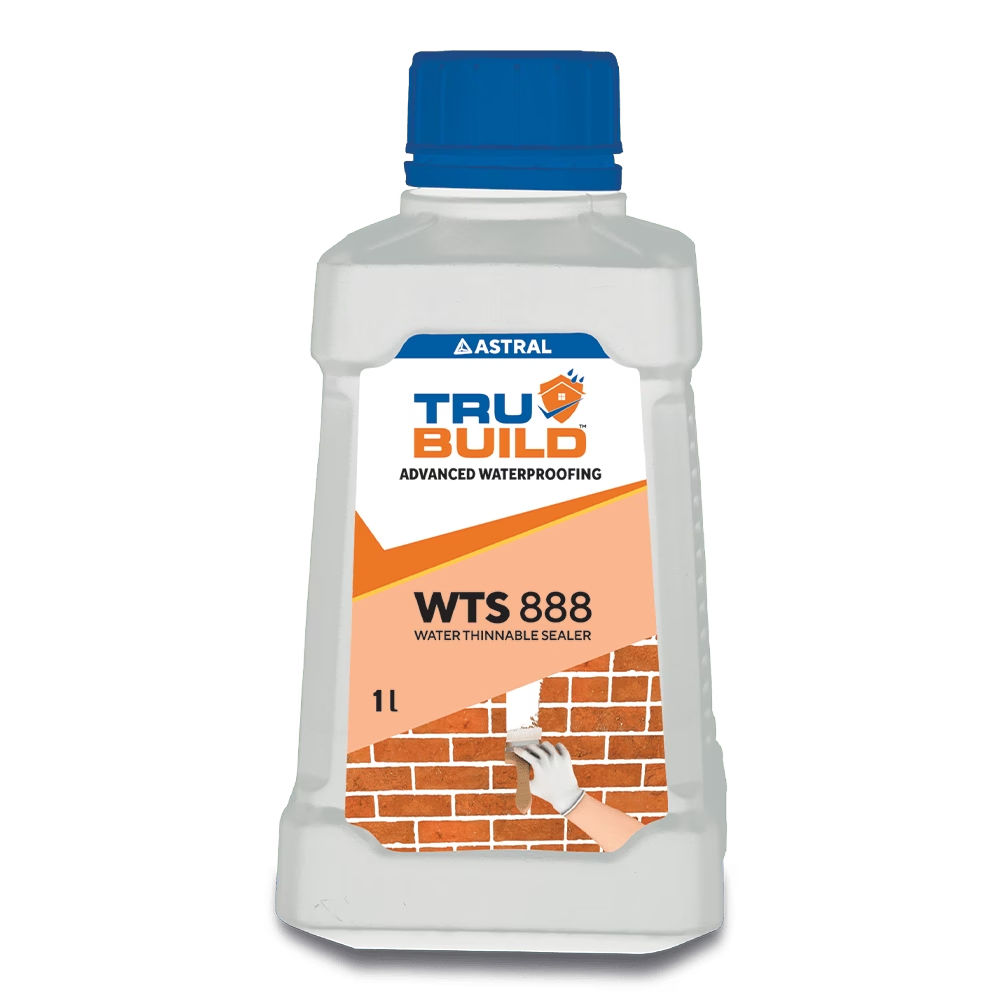
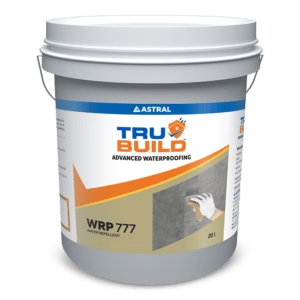
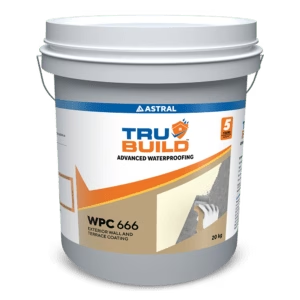
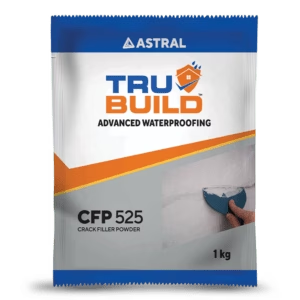
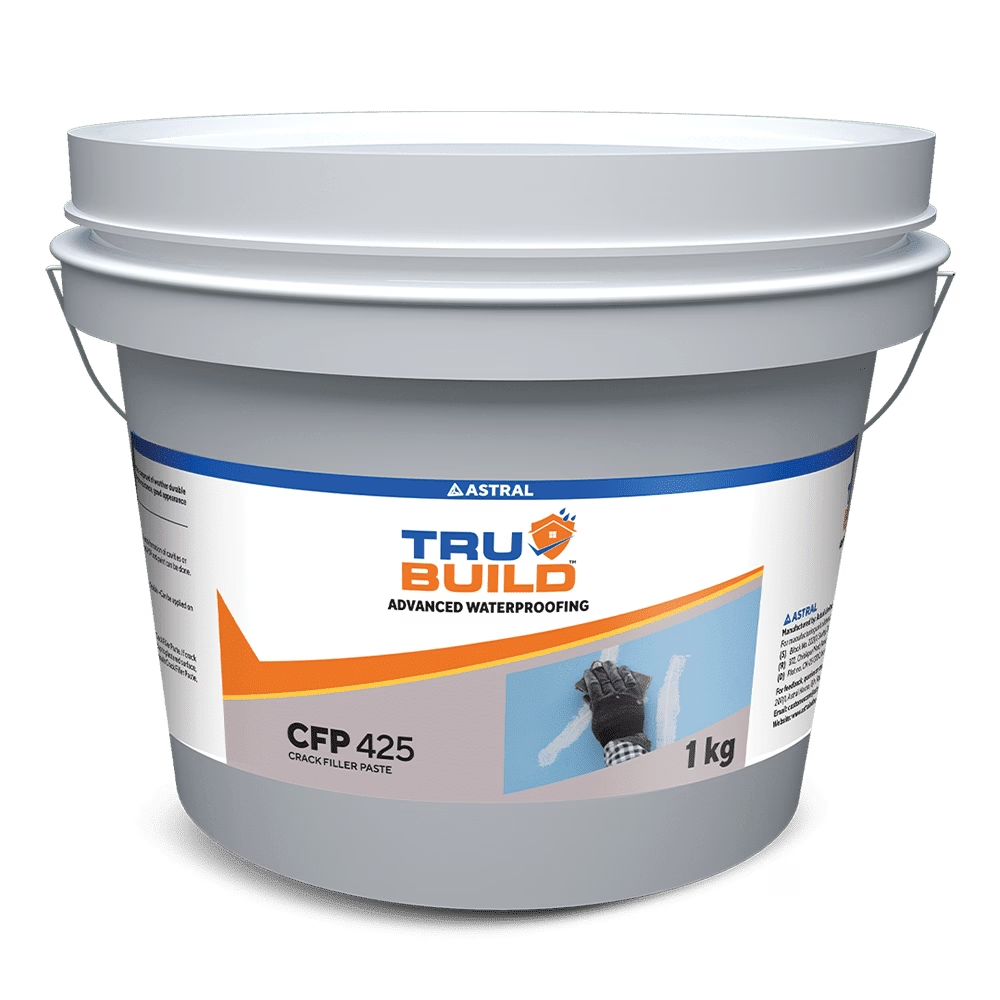
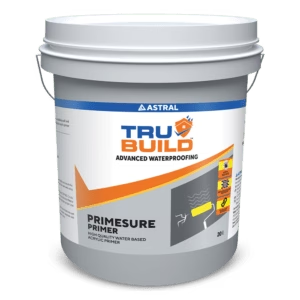
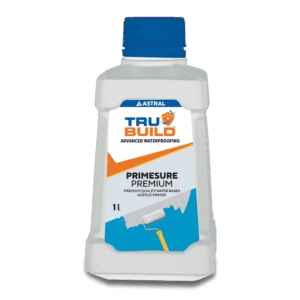
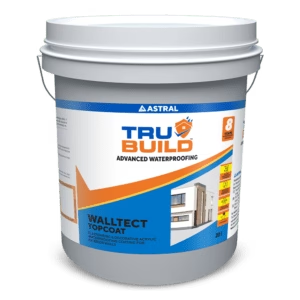
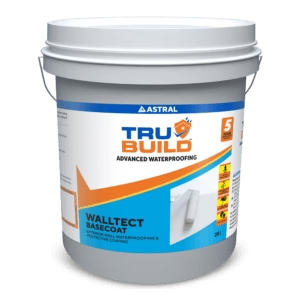
 Professional Sealants
Professional Sealants 
 Roof Waterproofing
Roof Waterproofing 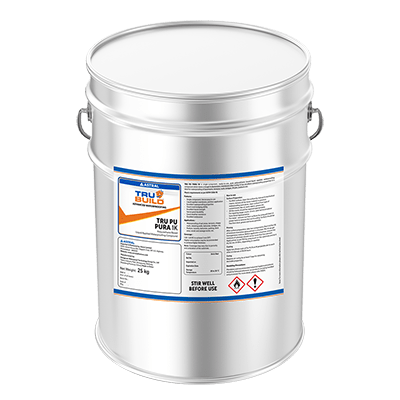
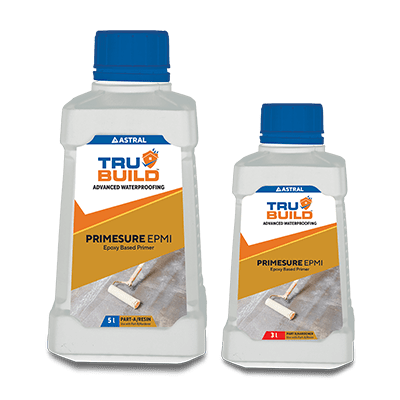
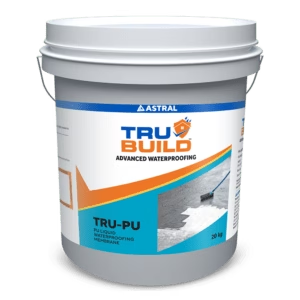


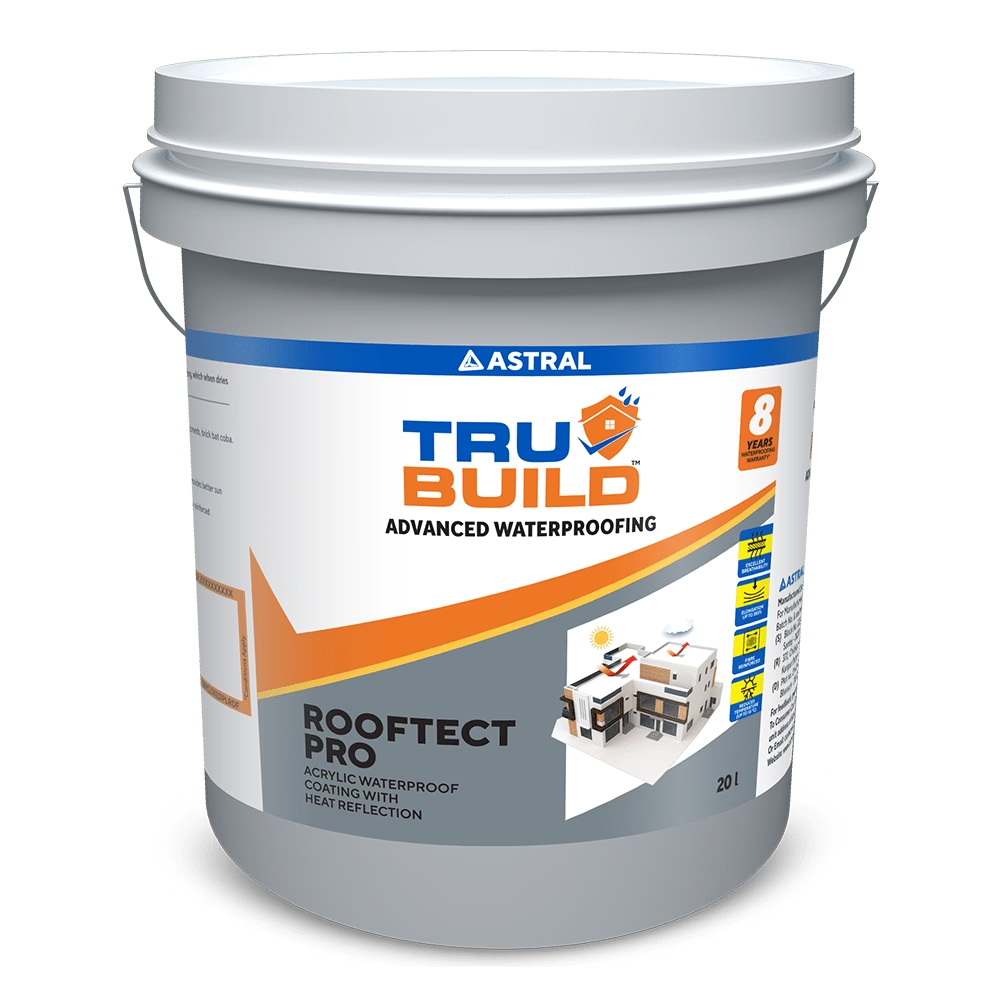
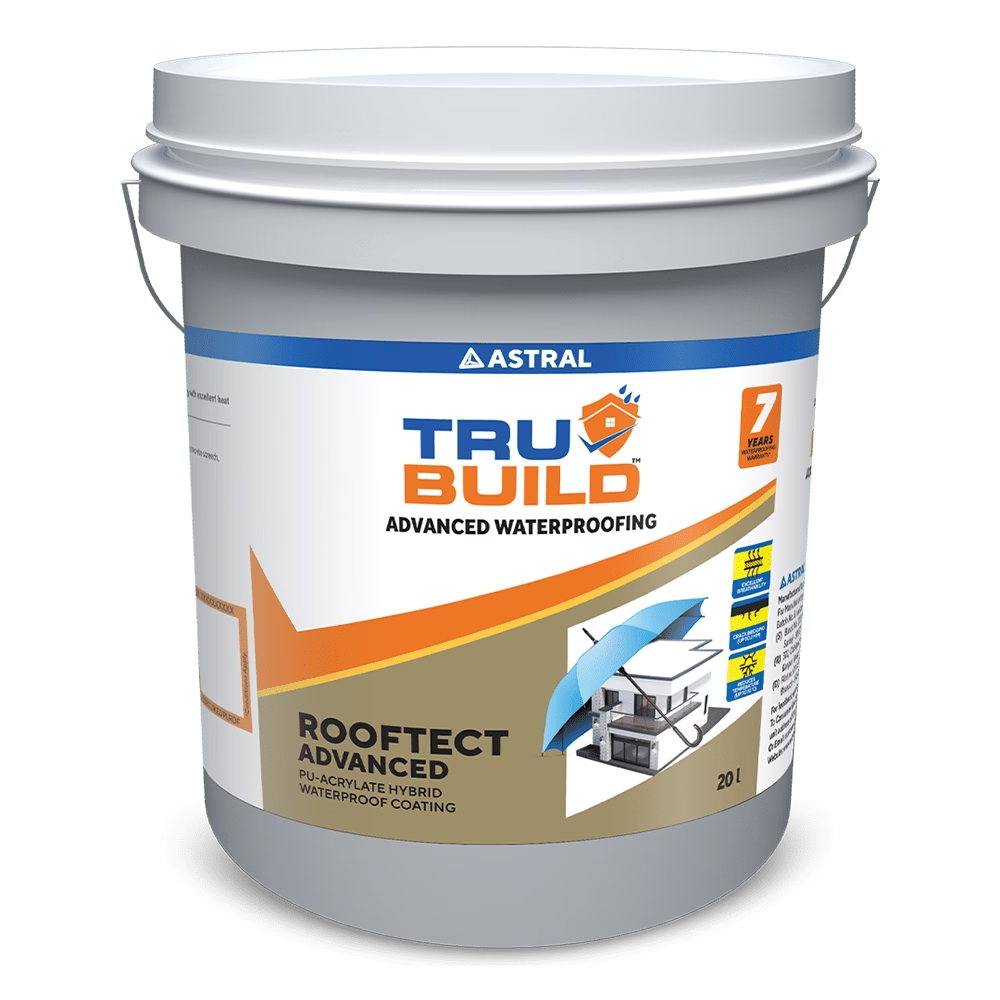
 Substructure Waterproofing
Substructure Waterproofing  Tiling and Grouting
Tiling and Grouting 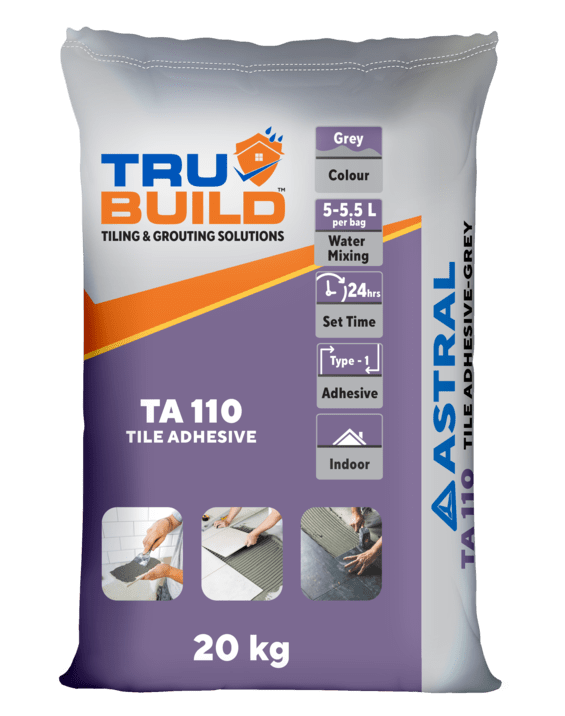
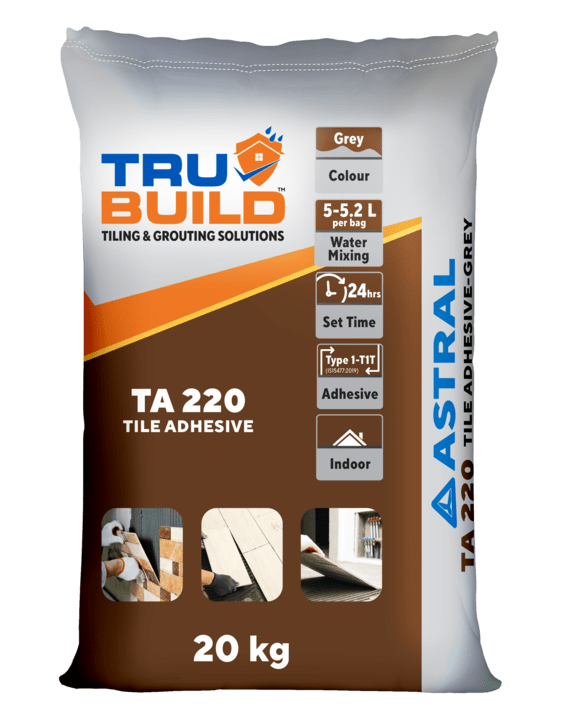

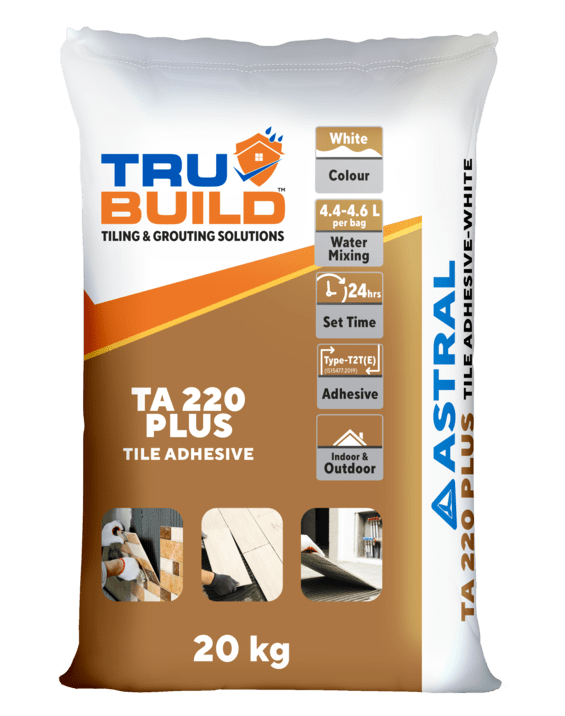
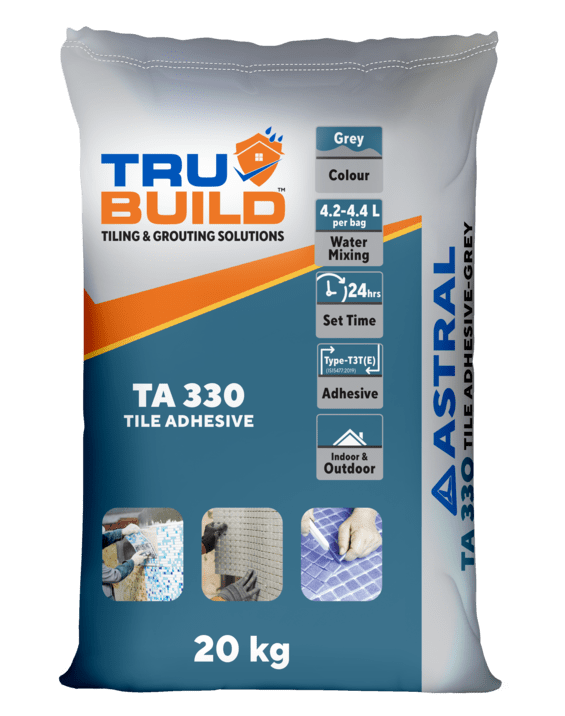
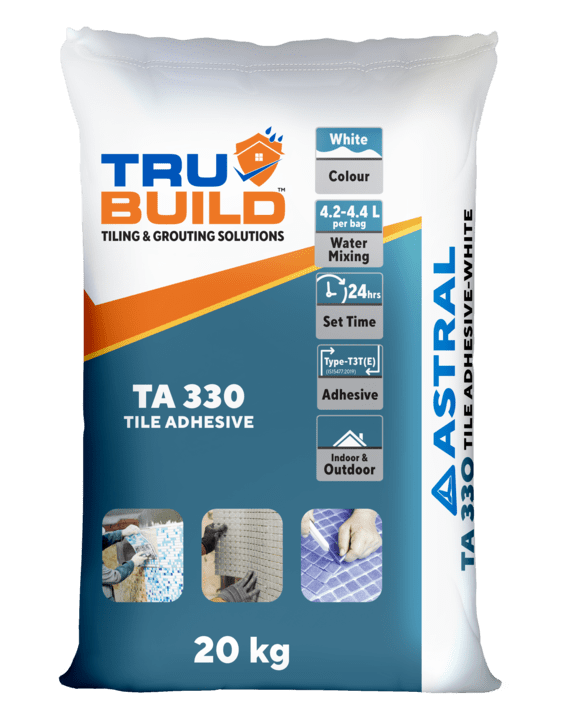
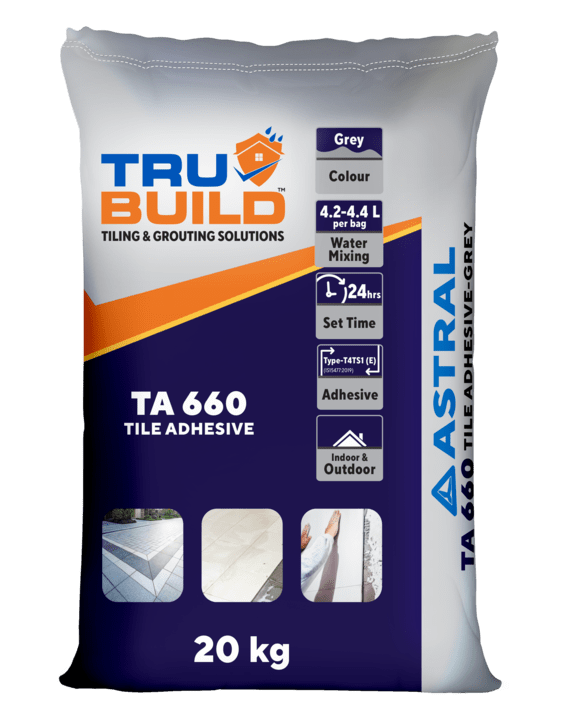
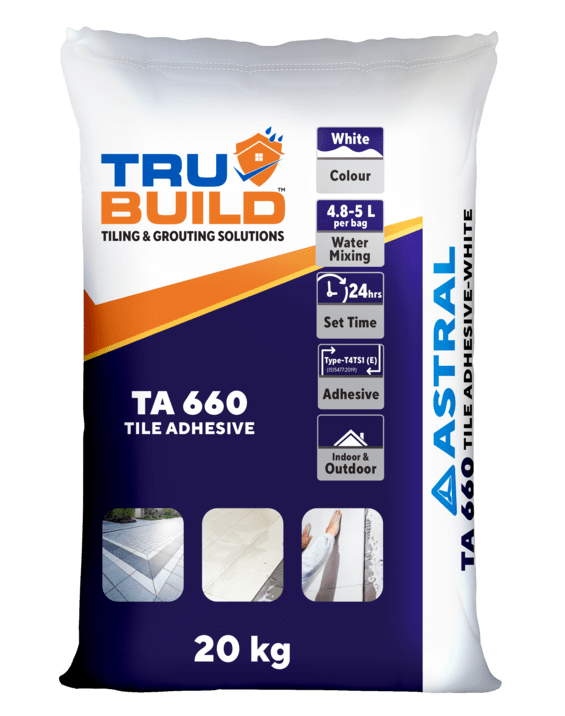
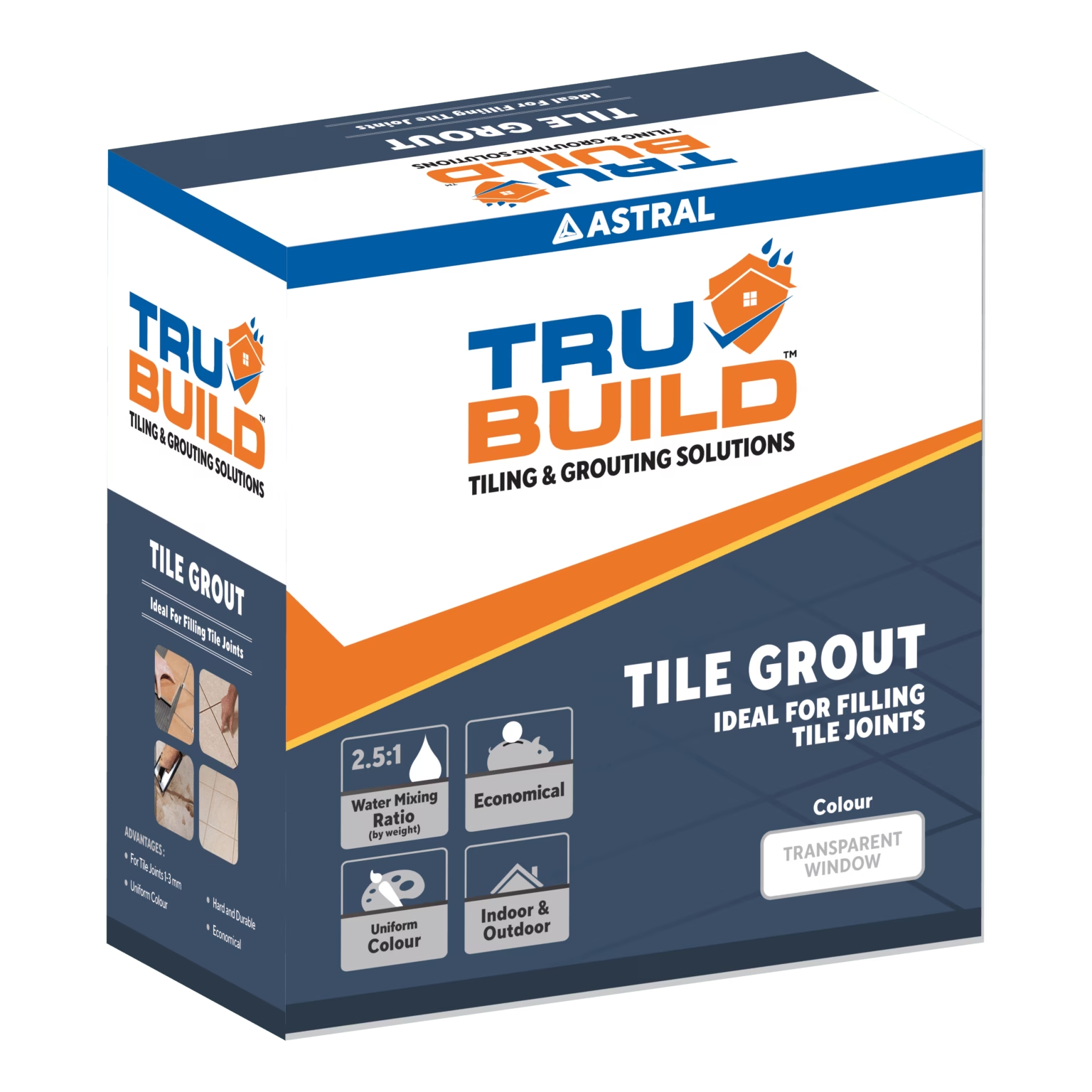
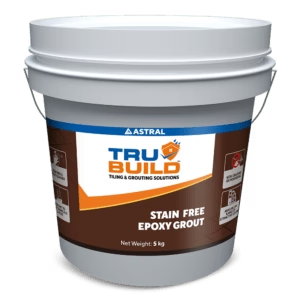
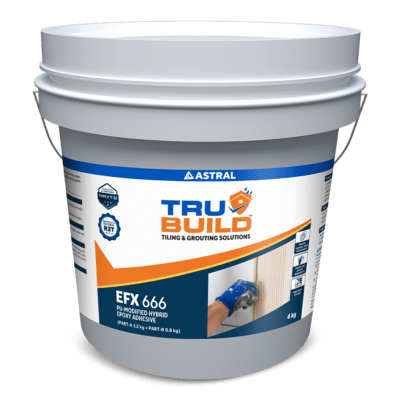
 Water Tanks and Other Areas
Water Tanks and Other Areas 